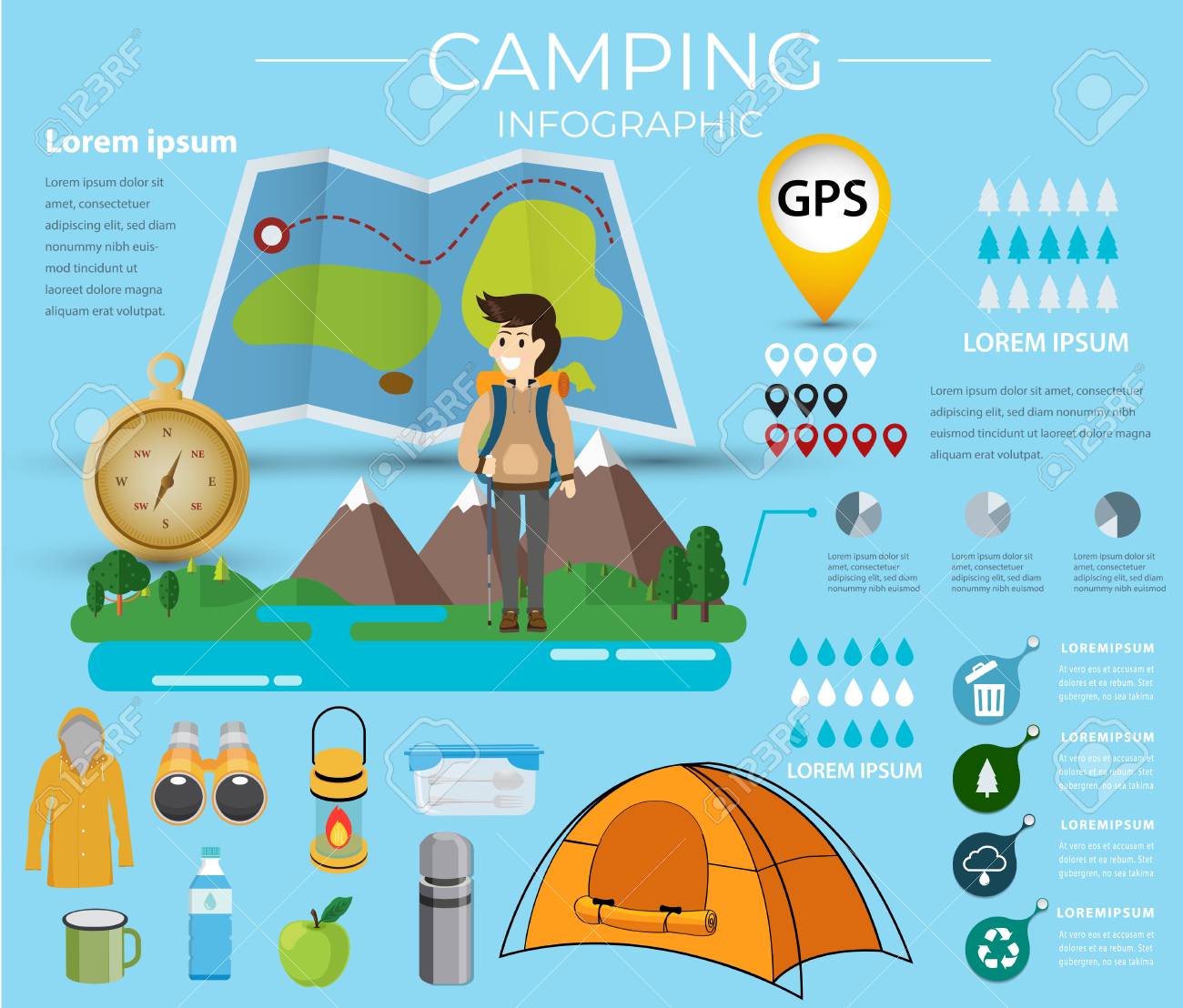The Hold Hitch is a simple and safe way to establish camping tent man lines. It's likewise an excellent technique for backing out a stubborn camping tent fix. It can also be utilized to create a flexible tarpaulin guy line where the adjustment is made at the tent/tarp end. It serves in high winds as it doesn't slide.
1. Bowline
Bowline is a knot that makes a loophole at one end of a rope. It's easy to connect and untie, and it stands up to obstructing rather well.
It's additionally an excellent knot to use for signing up with two lines with each other, although it's typically advised that you utilize a different strategy (such as a sheet bend or square knot) for this function, to stay clear of having the two different bowlines use versus each other in time and damage the line.
One prospective trouble with bowlines is that they can quickly jam or bind if the working end is improperly passed through the bunny hole. Numerous crucial failings have been reported as a result of this, especially when made use of in climbing applications. To assist stop this from taking place, you can make a left-handed bowline by passing the end around the standing part of the loop as opposed to through it, as displayed in the computer animation below. This variant apparently executes far better and holds up against ring tension (a distending force used either side of the knot) far better than the conventional bowline.
2. Grasp Drawback
Making use of these gripping hitches to secure your person lines aids you stay clear of the issue of your line jamming while readjusting or tightening them. They are also beneficial when affixing a line to an object that is more difficult to get to than your standing end, such as a tree or huge anchor item.
The Grasp Drawback is a friction knot that can be easily moved up or down the line while slack however holds firm under lots. It is useful for tensioning ridgelines or man lines and for camping applications to protect tarps or outdoors tents.
To link the Grip Hitch, pass the working end around the standing part twice and put it under itself. To tighten up, pull on the functioning end to create a bight and after that use the bight to secure the knot to itself. For added safety and security, you can cover the working end around the standing component 3 times to increase friction and avoid the hitch from slipping under tons.
3. Midshipman's Hitch
Likewise called the Taut Line Drawback (ABOK # 1856, p 310), Flexible Drawback, or Rigger's Drawback this knot produces a flexible loophole at the end of a rope that can be slid up and down the standing end yet still holds securely when tightened. It is additionally simple to unknot while under load.
Ashley advises this knot for a tent individual line since unlike the bowline it can be linked while under tons and is much less prone to turning. It also develops an intermediate Awning Hitch that can take the preliminary lots while connecting the last Half Drawback
To use this knot cover the working end around a things such as a pole or cleat. Following pass it back toward the things through the very first Half Drawback creating a 2nd Awning Hitch. Ultimately finish linking the final Fifty percent Drawback and draw hard to dress and tighten up. For additional safety wrap a 2nd Midshipman's Hitch on top of the very first.
4. Flexible Hold Drawback.
The Adjustable Grasp Hitch, additionally known as the Crawley Adjustable Drawback and the Adjustable Loop Knot, is a friction drawback that can be easily moved up or down a line with slack but holds firm under tons. It is commonly utilized for readjusting camping tent ridge lines or tarpaulins around camp.
This slide-and-grip knot provides great grasp and is much easier to link than the Tautline Hitch or Midshipman's Drawback, but shouldn't be made use of for critical applications considering that it may slip when shock filled. It can be improved by adding added starting turns to boost the "grasp" and rubbing in slippery products.
To reusable bag link this friction hitch, pass the functioning end around the item, after that wrap it back together with itself and put completion under the second turn. Draw the functioning end to tighten the knot.
